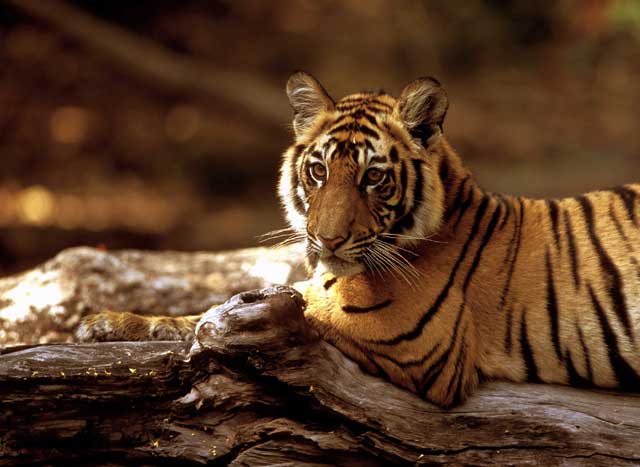The Natural World: Caught on camera - the majesty of India

Your support helps us to tell the story
From reproductive rights to climate change to Big Tech, The Independent is on the ground when the story is developing. Whether it's investigating the financials of Elon Musk's pro-Trump PAC or producing our latest documentary, 'The A Word', which shines a light on the American women fighting for reproductive rights, we know how important it is to parse out the facts from the messaging.
At such a critical moment in US history, we need reporters on the ground. Your donation allows us to keep sending journalists to speak to both sides of the story.
The Independent is trusted by Americans across the entire political spectrum. And unlike many other quality news outlets, we choose not to lock Americans out of our reporting and analysis with paywalls. We believe quality journalism should be available to everyone, paid for by those who can afford it.
Your support makes all the difference.When I was invited to join five friends in India, I jumped at the chance. Working at London's Natural History Museum, I am used to photographing fascinating things, but this trip was quite different – it was all about subjects, out in the wild.
When most people think of India, images of the Taj Mahal and Red Fort spring to mind. Only one member of our party had been to India before and they had enticed us with tales of wildlife encounters and the prospect of seeing tigers. I usually love to photograph close-ups of insects so had my macro-lenses ready to go, but I made sure that I borrowed a long lens in case I spotted a tiger.
On our first full day we went to Sultanpur bird sanctuary, near New Delhi. Surrounded by butterflies, deer, large grasshoppers and an array of birds – including the sarus crane, the world's tallest flying bird – I was in my element. On a boat trip down the Chambal River, we were met by dragonflies, kingfishers, waders and crocodiles ... but no tigers.
Four days later, I found myself at Kanha National Park, sitting in a 4x4 with a driver and a guide. Tiger tracks were pointed out in the dust. I'd heard of unscrupulous guides making tiger tracks in order to excite the interest of tourists – but I was still hopeful this was going to be my tiger moment. We drove on. Then, suddenly, there it was in the distance: my first tiger. I was grateful that I'd borrowed a 400mm lens. Majestic and unforgettable, it's hard to believe that there are as few as 1,500 Indian tigers left in the wild.
Each year, the world's most prestigious showcase of wildlife photography can be seen at the Natural History Museum London. The 2010 exhibition showcase is open until 11 March 2011. The Veolia Environnement Wildlife Photographer of the Year 2011 competition opens for entries on 12 January and closes on 18 March. Visit nhm.ac.uk/wildphoto to find out more.
Join our commenting forum
Join thought-provoking conversations, follow other Independent readers and see their replies
Comments